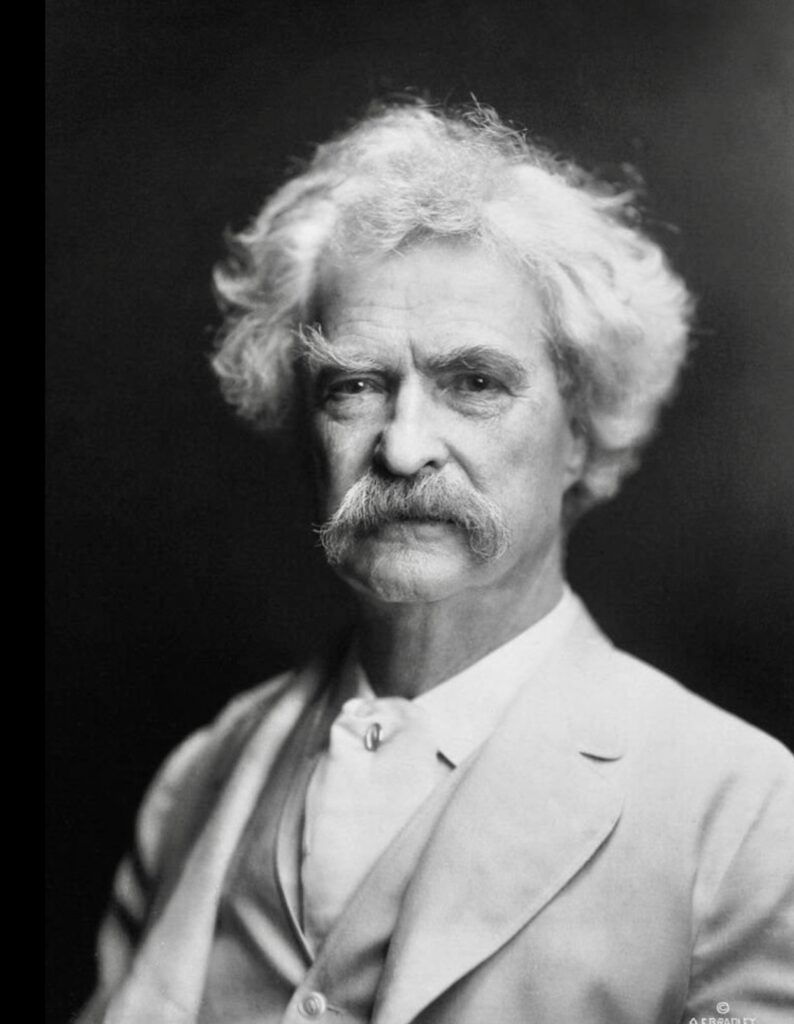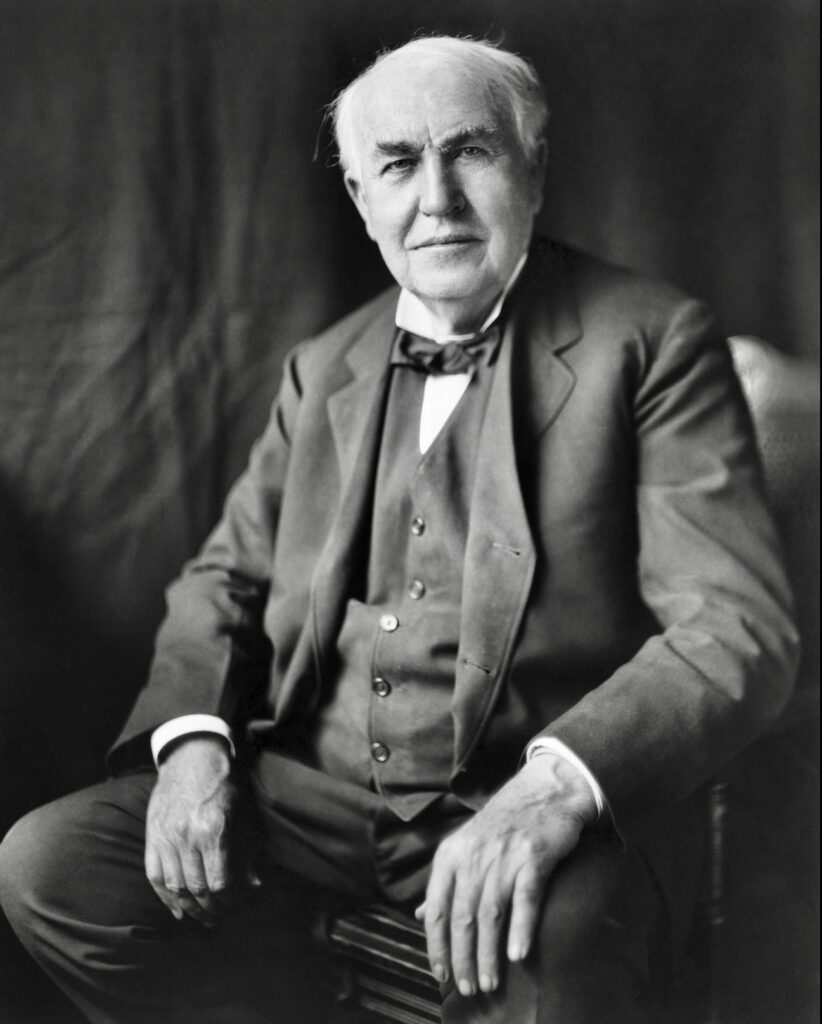Text by Henrylito D. Tacio
Photos sourced from Wikipedia
THEY became world-famous, acquired untold wealth and power, and collected various awards. But the fact is they never finished formal schooling. As it turned out, dropping out has become an asset rather than a liability.
Take the case of the well-known celebrities who never finished grade school, the secondary course, and college education. The Book of Lists – the very first of a series! – authored by David Wallechinsky, Irving Wallace, and Amy Wallace, cites at least fifteen noted people who never finished grade school.
And yet, they became famous philanthropists, actors, directors, writers, inventors, artists – and yes, politicians!
The list, not meant to encourage dropping out, is led by Andrew Carnegie, an American steel magnate, and philanthropist. In an essay, The Gospel of Wealth, he formulated his belief that the duty of the rich is to distribute their surplus wealth, and in 1900 he began to set up the vast number of charitable and educational institutions for which he is remembered.
He is closely trailed by William “Buffalo Bill” Cody, an American scout and showman. Then by Noel Coward, British actor, playwright, composer and famous for his witty comedies of manners such as Private Lives and Blithe Spirit; Samuel Gompers, an American labor leader who founded the American Federation of Labor;
Maxim Gorkey, actually a pen name of Russian writer Aleksey Maksimovich Peshkov; Claudet Monet, French painter, a leading exponent of impressionism, a term coined after his picture Impression, Sunrise; Sean O’Casey, Irish playwright whose sardonic dramas depict the effects of poverty and war on the Irish;
Alfred E. Smith, American politician who was elected governor of New York four times; John Philip Sousa, American bandleader and composer who is best remembered today for his military marches, including “The Stars and Stripes Forever” and “The Washington Post”; and Sir Henry M. Stanley, British explorer, soldier, and journalist.

Amelia Earhart 
Mark Twain 
Thomas Alva Edison
Also included in the list are Charles Chaplin, British film actor and director and great comedian of the silent cinema; American dancer Isadora Duncan, who created and received more shocks in her life than the San Andreas Fault and made a legend out of her gargantuan appetites and illusions;
Thomas Alva Edison, a famous insomniac who would take a catnap of 30 minutes to an hour after a particularly strenuous period of work; and Mark Twain (Samuel Langhorne Clemens in real life), American author of Huckleberry Finn and The Prince and the Pauper, among many others.
The book also includes a formidable list of 20 famous high-school or secondary-school dropouts. It is led by Al Pacino, the celebrated Italian-American actor who received several Academy Award nominations before getting a Best Actor Oscar for his tour de force performance in Scent of a Woman.
The rest of the incredible list of celebrity dropouts are singer and comedienne Cher (also an Oscar winner for her performance in Moonstruck); Mary Baker Eddy, founder of Christian Science; American automobile manufacturer Henry Ford, who produced his first automobile in 1896;
American composer George Gershwin, who wrote those highly regarded orchestral pieces like Rhapsody in Blue, Piano Concerto, and An American in Paris; German Fuhrer Adolf Hitler; American entertainer Dean Martin; cartoonist Bill Maudlin; poet Rod McKuen; painter Amedeo Modigliani; humorist Will Rogers; Prime Minister Marshal Tito; writers William Saroyan and Jack London; and aviation pioneers Orville and Wilbur Wright. D.W. Griffith, an American motion-picture pioneer, is also included in the list.
In addition, four American presidents, four authors, a playwright and critic, a composer, an oil magnate, and an aviator lead the list of 20 famous people who never attended college.
The four American presidents singled out as confirmed college dropouts were (in alphabetical order) Grover Cleveland, remembered for his unswerving honesty in government; Abraham Lincoln who, while leading the North in the Civil War, preserving the Union, which he saw as a bastion of democratic government; Harry S Truman, who became president after Franklin D. Roosevelt died during his term; and George Washington, the first and only president who never lived in Washington, D.C. (as it was named after him).
The four noted authors also confirmed as college dropouts were Virginia Woolf, the woman behind Mrs. Dalloway, To the Lighthouse, and The Waves; Ernest Hemingway, who received a Pulitzer Prize in 1953 for his novel The Old Man and the Sea and won a Nobel Prize for Literature the following year; Rudyard Kipling, the first English winner of the Nobel Prize for Literature (1907); and Joseph Conrad, the Polish-born English novelist who is best known for his studies of individuals.
The other well-known personalities listed in the same category are statesman Joseph Chamberlain, composer Aaron Copland, poet Hart Crane, socialist leader Eugene Debs, aviator Amelia Earhart, painter, and author Kahlil Gibran, editor and journalist H.L. Mencken, oil magnate John D. Rockefeller, lecturer and humanitarian Eleanor Roosevelt, and British playwright and critic George Bernard Shaw. We forgot to include French painter Paul Gauguin and British poet Dylan Thomas.
The Philippine counterparts are also formidable, but the fact is, most of them would rather forget that they dropped out of school. After all, they enjoy stable jobs, they are talked about, they call the shots (so to speak), they grace countless seminar and college convocations, they act, they direct, they hold key positions in the government, but they all have one thing in common: they didn’t finish schooling because of early success for other reasons equally compelling.
Among the famous Filipino school, dropouts are National Artist Nick Joaquin and film director Lino Brocka. Both are also recipients of the Ramon Magsaysay Award.

